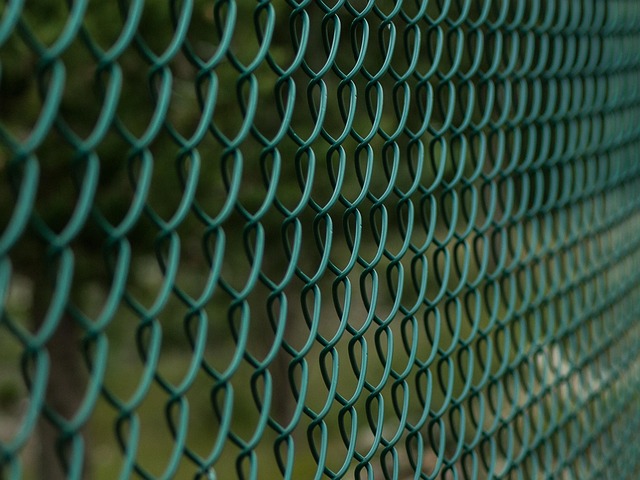Yard waste, including grass clippings, leaves, and branches, can be managed sustainably through Yard Waste Removal and Recycling practices. Composting and using materials as mulch reduce landfill strain, conserve natural resources, and promote a circular economy. These methods transform yard debris into valuable resources that benefit soil health, plant moisture, and weed suppression. Efficient disposal, supported by community programs and homeowner initiatives, contributes to environmental sustainability and clean yard maintenance while minimizing the ecological footprint of lawn care practices.
Lawn debris disposal doesn’t have to be a chore. In this guide, we’ll help you understand the various types of yard waste and their environmental impact. We’ll then explore efficient, eco-friendly methods for removal, including simple do-it-yourself solutions. Furthermore, learn how to recycle and reuse lawn debris, transforming it into valuable resources that benefit your garden and the planet. Discover straightforward steps to make yard waste management a breeze while promoting sustainable practices through effective yard waste removal and recycling.
- Understanding Yard Waste: Types and Their Impact
- Efficient Disposal Methods: Quick and Eco-Friendly Solutions
- Recycling and Reusing: Transforming Lawn Debris into Resources
Understanding Yard Waste: Types and Their Impact

Yard waste, a term that encompasses a range of organic materials from gardening and landscaping activities, includes items like grass clippings, leaves, branches, and hedge trimmings. These debris are not only a common occurrence in homes with yards but also have significant environmental implications if not managed properly. Different types of yard waste require specific disposal methods to minimize their impact on the environment.
Effective yard waste removal and recycling practices play a crucial role in reducing the strain on landfills, preserving natural resources, and promoting sustainable living. Grass clippings, for instance, can be composted, benefiting soil health and reducing the need for synthetic fertilizers. Leaves and wood chips can serve as mulch, conserving moisture in plants and suppressing weed growth. Recognizing the potential of these materials fosters a circular economy, where yard waste becomes valuable resources, contributing to a greener and more sustainable environment.
Efficient Disposal Methods: Quick and Eco-Friendly Solutions

In today’s eco-conscious world, efficient lawn debris disposal is not just about maintaining a clean yard but also contributing to environmental sustainability. Yard Waste Removal and Recycling plays a significant role in reducing waste sent to landfills and conserving natural resources. One of the simplest methods involves composting, which turns organic materials like grass clippings and leaves into nutrient-rich soil amendments. This process not only diverts debris from the landfill but also enhances soil health and reduces the need for synthetic fertilizers.
Additionally, many communities now offer curb-side recycling programs that specifically collect yard waste. These services allow homeowners to set out bags or containers filled with clippings, branches, and other plant materials, which are then processed and repurposed. This approach not only simplifies debris disposal but also ensures that valuable resources like wood chips and mulch find new life in local parks, gardens, and roadbeds, promoting a circular economy and reducing the environmental footprint of lawn care practices.
Recycling and Reusing: Transforming Lawn Debris into Resources

Lawn debris, often seen as a nuisance, can be a valuable resource if properly managed. Recycling and reusing yard waste is an eco-friendly approach that reduces the strain on landfills and minimizes environmental impact. This process allows for the transformation of grass clippings, leaves, and other organic materials into valuable resources.
By implementing simple techniques, homeowners can contribute to sustainable practices. Composting is a popular method; organic matter decomposes over time, creating nutrient-rich compost that enhances soil quality and promotes healthy lawn growth. Alternatively, yard waste can be chipped and used as mulch, suppressing weeds and conserving water. Many communities also offer recycling programs for specific materials like cardboard and plastic, ensuring proper disposal and reducing the need for new resources.
Lawn debris disposal no longer has to be a chore. By understanding the various types of yard waste and their environmental impact, adopting efficient disposal methods, and exploring recycling and reuse options, you can contribute to sustainable practices in your own backyard. Implementing these eco-friendly solutions not only reduces waste but also transforms lawn debris into valuable resources, fostering a healthier environment for all. So, take control of your yard waste removal and recycling, making it easy and beneficial for both your community and the planet.














